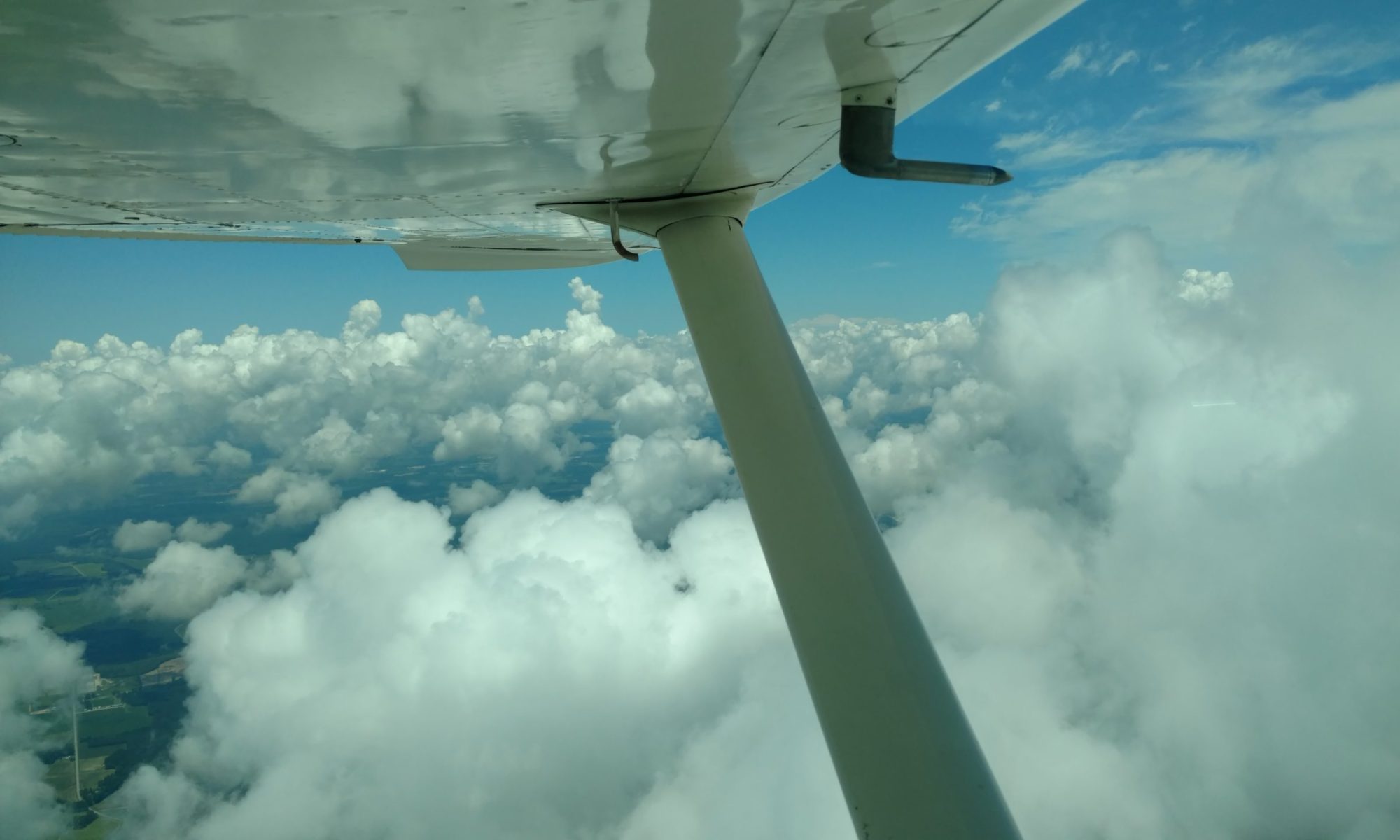Mike Busch, a well-known expert on piston aircraft engines is quoted as saying the following:
“Generally, I consider any start in which the engine is cold-soaked to a temperature below freezing (32 degrees Fahrenheit, or 0 degrees Celsius) to be a misdemeanor and any start below 20 degrees F (minus 7 degrees C) to be a felony. The colder the temperature, the worse the crime (and the ensuing punishment).”
It’s not that the oil is thick (according to Mike, multi-viscosity oil flows fine in the cold temps), it’s the damage caused by the different expansion rates of aluminum and steel that is used in our engines. Aluminum shrinks about twice as much as steel in cold weather. So our airplane’s aluminum crankcase shrinks twice as much as the steel crankshaft that runs through it, reducing the clearance between the bearings and the crankshaft. That is why it’s tougher to turn the prop on a cold day.
Our airplanes also have aluminum pistons that travel in steel cylinder barrels. When it is cold, there is plenty of room between the pistons and the cylinders because the aluminum pistons shrink in size. After the engine is started and starts to warm, the aluminum quickly expands. The steel cylinder heats and expands more slowly. This causes a reduction in the clearance between the piston and the cylinder until the steel is sufficiently heated. According to Mike, during that time, scuffing of the cylinder walls can occur.
So, please, everyone take the time to use the preheat systems we have.
Thanks!
